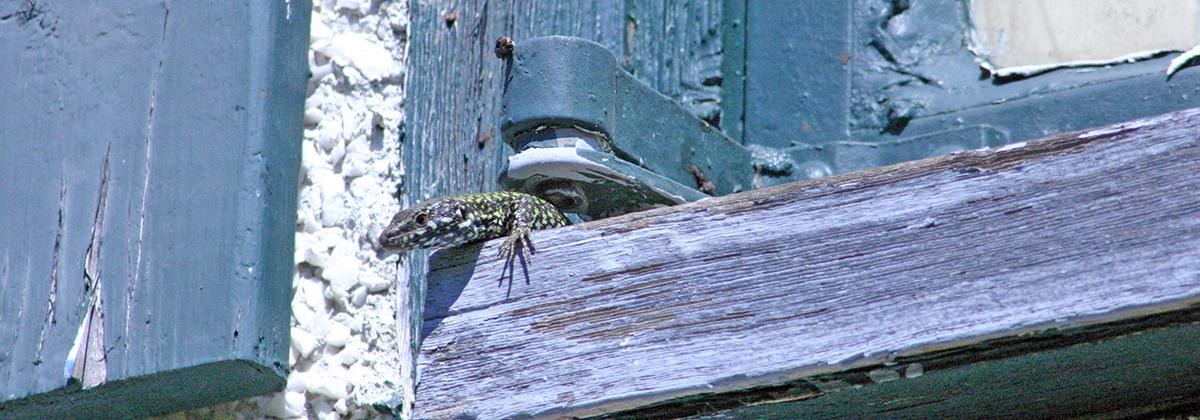
Modernization
Learn more about government’s intention to modernize the museum to protect our historic holdings and provide better access to our collections.

Two wall lizard species now are known from British Columbia, with both having the potential to be invasive in southwestern parts of the province. I am tracking the expansion of the lizard populations thanks to a small army of citizen scientists. People report sightings of wall lizards to me at the Royal BC Museum, or better yet, they join iNaturalist and log their own lizard observations online to contribute to what we know about wall lizard invasion in North America.
In iNaturalist, you see the native and introduced ranges of many species, and to help with lizard research, you can load photographs and the date/location where you have seen wall lizards. People around the world can then log in and confirm your observations. Since scientists cannot be everywhere – your actions locally, contribute to scientific research globally.
The common wall lizard (Podarcis muralis) was first released on the Saanich Peninsula on Vancouver Island in 1967. They are easy to identify with their mottled green colouration, small scales on the back, and relatively long toes. The scales on the belly and throat have dark blotches. Young Wall Lizards are coppery brown but still have minute back scales and long toes for their size. Males have prominent pores along the underside of their thighs and have heavier jowls – females have tiny pores and are more lightly built. Some males have a complex pattern of black and green and appear distinct from females, but this is not universal.
More common wall lizards were released near Brentwood Bay in Saanich in 1970, and have spread rapidly since 2006 on Vancouver Island and Denman Island. They also have appeared in three locations on the BC Mainland (Osoyoos, Summerland, North Vancouver) but do not persist there. The Vancouver and Osoyoos lizards were lone stow-aways. The Summerland lizards were intentionally (and illegally) released in an attempt to populate private gardens.
The Italian wall lizard (Podarcis siculus) was found in an industrial area in Vancouver on June 19th, 2019, a first for BC and Canada, and has the same body proportions as the common wall lizard. The Italian wall lizard caught in Vancouver belongs to the subspecies Podarcis siculus campestris, and has has distinct, evenly-coloured green stripes along each side of the body, and a lateral row of light coloured spots on each side. The belly and throat is pale sandy-white and lacks dark blotches.
Italian wall lizards are known from scattered suburban locations in Southern California, and as of 2017, had been reported from Orcas Island in Washington. According to landowners, the lizards had been on Orcas Island for 10 years. The single female Italian wall lizard found in Vancouver probably was a stow-away – but we don’t know where it originated.
When people report lizard sightings, photo quality is important, but it is possible to get a positive ID and distinguish a wall lizard from our native Northern Alligator Lizard (coastal and mainland BC) and Western Skink (on the BC mainland). Even a blurry photo from a phone usually is sufficient. Look for these invasive lizards in sunny rock walls, along fences, even tightly fitting cinderblock walls are home to these lizards. Wall lizards have lived alongside Europeans for thousands of years, anywhere the natural habitat has been disturbed by human activity, and it looks like we are stuck with them.